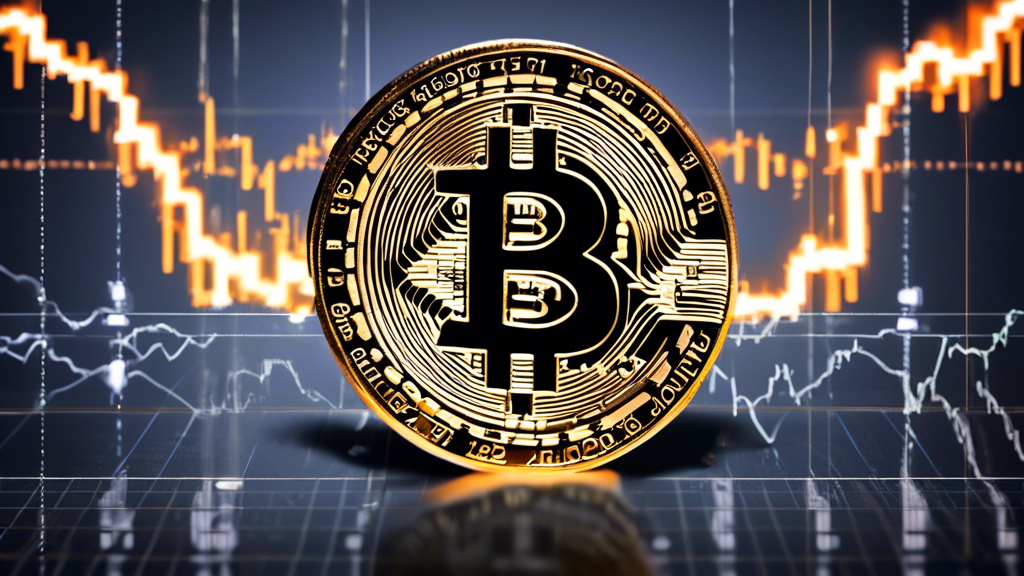Bitcoin’s Current Landscape and Its Implications on the Market
As of October 4, 2024, Bitcoin has emerged as a significant player in the financial markets, with its price experiencing a 2.5% rise to approximately $62,300. This uptick came on the heels of a strong U.S. jobs report that painted a positive picture of the American economy. Historically, October has been a fruitful month for Bitcoin, averaging gains of around 20%, particularly pronounced during halving years and election cycles. However, the current geopolitical landscape, particularly the escalating conflict in the Middle East, poses a potential threat to this optimism, creating a nuanced environment for investors.
Drivers of Bitcoin’s Volatility
The recent U.S. jobs report announced an impressive increase of 254,000 in nonfarm payroll employment for September and a reduced unemployment rate of 4.1%. Such robust employment figures have not only buoyed the prices of cryptocurrencies like Bitcoin but have also stimulated the overall stock market. Additionally, the Federal Reserve’s monetary policy, particularly its recent 50-basis point interest rate cut, has led to expectations of further easing, with a 95.5% chance projected for a 25bps cut next month. This shift in monetary policy underscores a broader trend that is particularly beneficial for assets like Bitcoin, traditionally regarded as a hedge against inflation.
Moreover, the suspension of the dockworkers’ strike affected by the jobs report has further improved global economic sentiment. Alleviating concerns about supply chain disruptions can lead to a more stable economic landscape, which, in turn, creates a conducive environment for investments in riskier assets like cryptocurrencies. However, the ongoing tensions in the Middle East have resulted in fluctuating oil prices, thereby influencing the global economy’s stability and adding to the overall uncertainty surrounding Bitcoin’s price trajectory.
Emerging Trends and Long-term Predictions
One notable trend in the cryptocurrency market is the increasing correlation between Bitcoin and traditional financial markets. With an impressive +86% correlation with the S&P 500 reported this year, Bitcoin’s volatility mirrors more closely that of conventional assets compared to previous election cycles, where fluctuations were significantly less correlated. This correlation could signal a maturation of the cryptocurrency asset class, as institutional investors increasingly blend Bitcoin into diversified portfolios.
Institutional adoption plays a crucial role in Bitcoin’s current dynamics, particularly with the approval and rollout of Bitcoin Spot Exchange Traded Funds (ETFs). As of September 2024, 36 Bitcoin Spot ETFs boasting combined assets of over $61 billion have drawn substantial interest from institutional investors. This increase in institutional participation not only bolsters Bitcoin’s legitimacy but also enhances market liquidity, allowing for greater price stability and investment depth.
Looking ahead, many financial experts express optimism regarding Bitcoin’s potential price trajectory, forecasting a rise to between $80,000 and $100,000 by the end of 2024. Long-term predictions even suggest that Bitcoin could achieve between $350,000 and $400,000 by 2030, bolstered by ongoing trends in institutional adoption and favorable macroeconomic conditions. As the market continues to evolve, keeping a close watch on these key factors will be essential for investors navigating the complexities of the cryptocurrency landscape.














